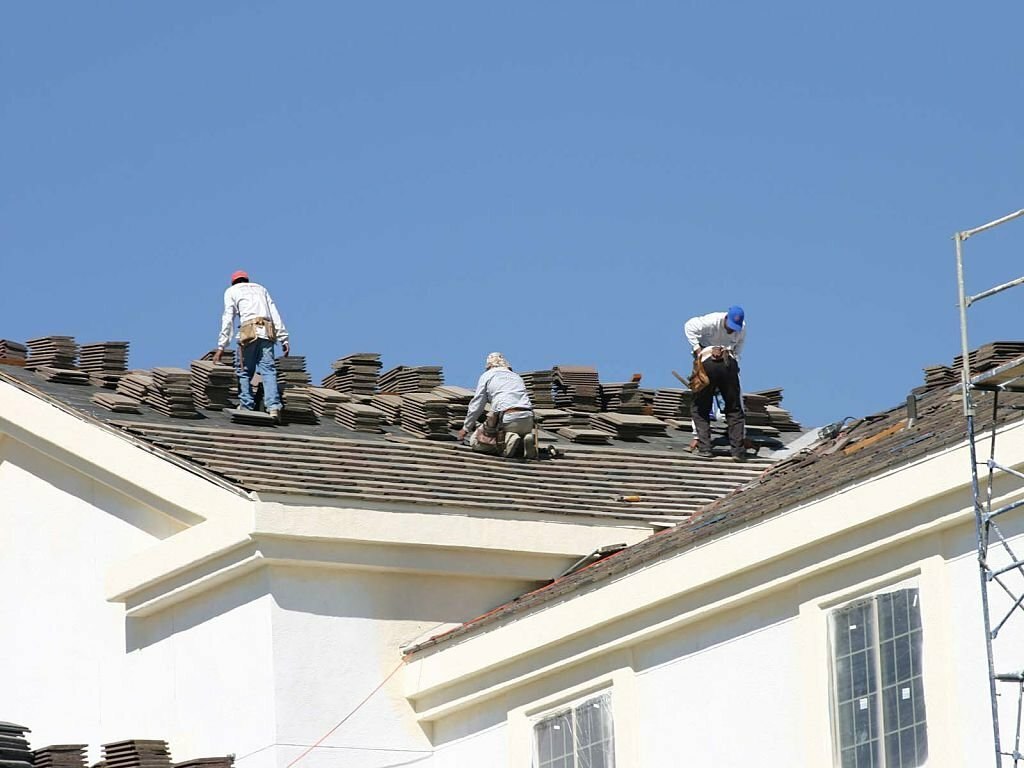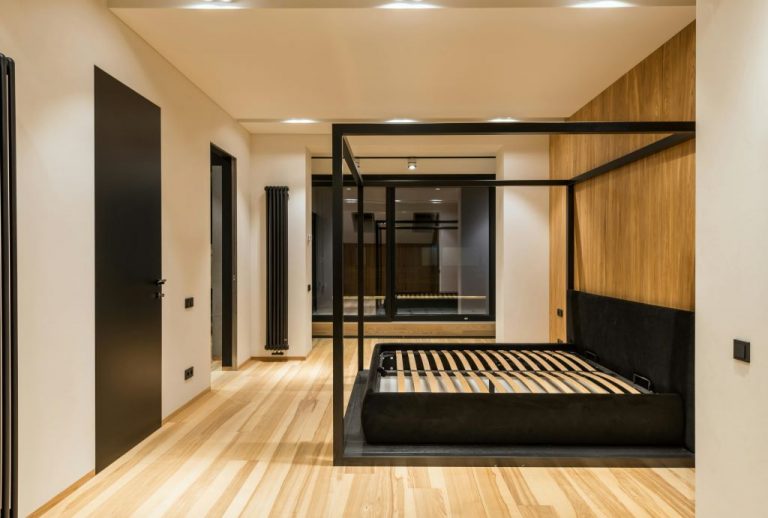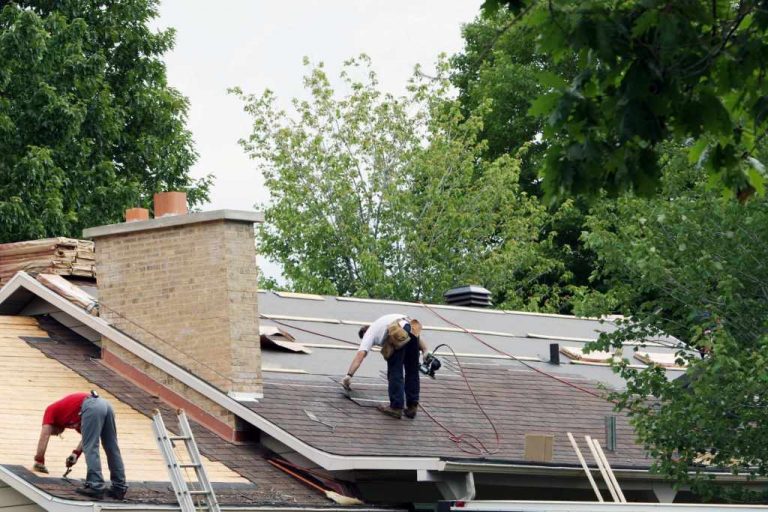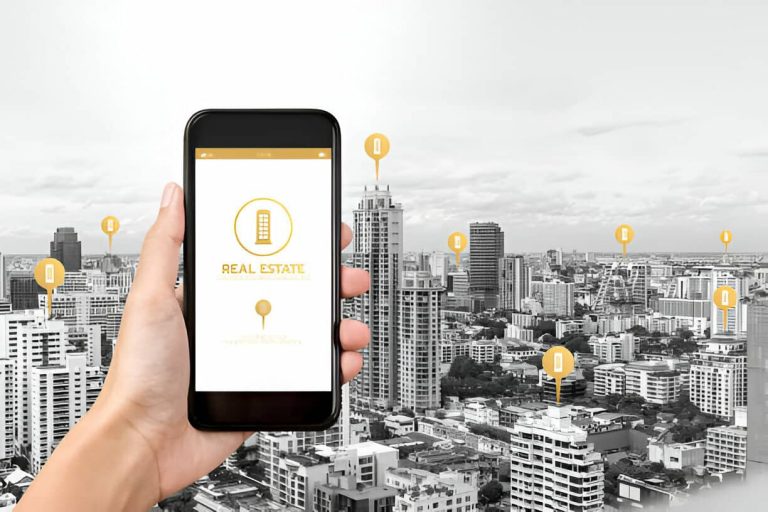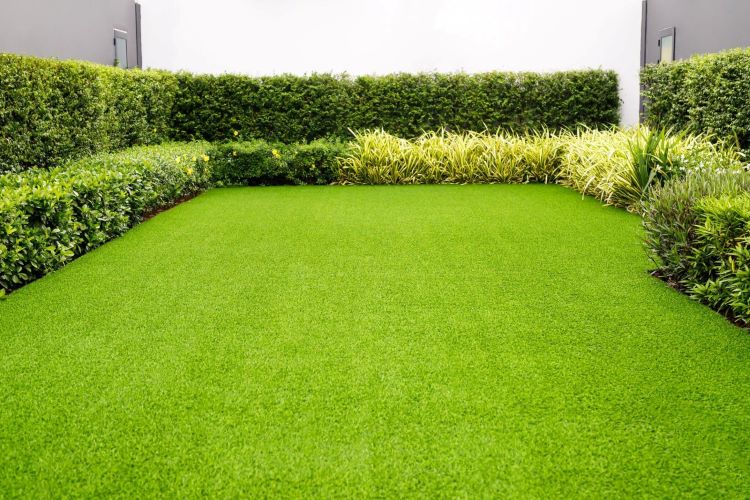In the realm of home improvement, where sustainable choices increasingly take center stage, energy-efficient roofing solutions have emerged as a smart and eco-conscious investment. Not only do these roofing options contribute to a greener environment, but they also provide homeowners with long-term benefits, including energy savings and enhanced comfort.
In this article, we delve into the world of energy-efficient roofing, exploring the various options, their advantages, and why they make a wise choice for those looking to upgrade their homes with both intelligence and environmental responsibility.
Understanding Energy-Efficient Roofing
Energy-efficient roofing goes beyond traditional roofing materials, incorporating innovative technologies and designs that actively contribute to reducing energy consumption within a home.
These solutions are designed to enhance insulation, reflect sunlight, and maintain a more consistent indoor temperature, ultimately leading to lower energy bills and a reduced carbon footprint. For homeowners seeking to create an energy-efficient and comfortable living space, investing in the best conservatory roof conversions can be a wise choice.
These conversions offer superior insulation properties and efficient sunlight reflection, making your indoor environment more comfortable throughout the year. By combining these solutions with the best conservatory roof conversions, you can create a sustainable and eco-friendly living area that not only saves on energy costs but also reduces your impact on the environment.
Advantages of Energy-Efficient Roofing
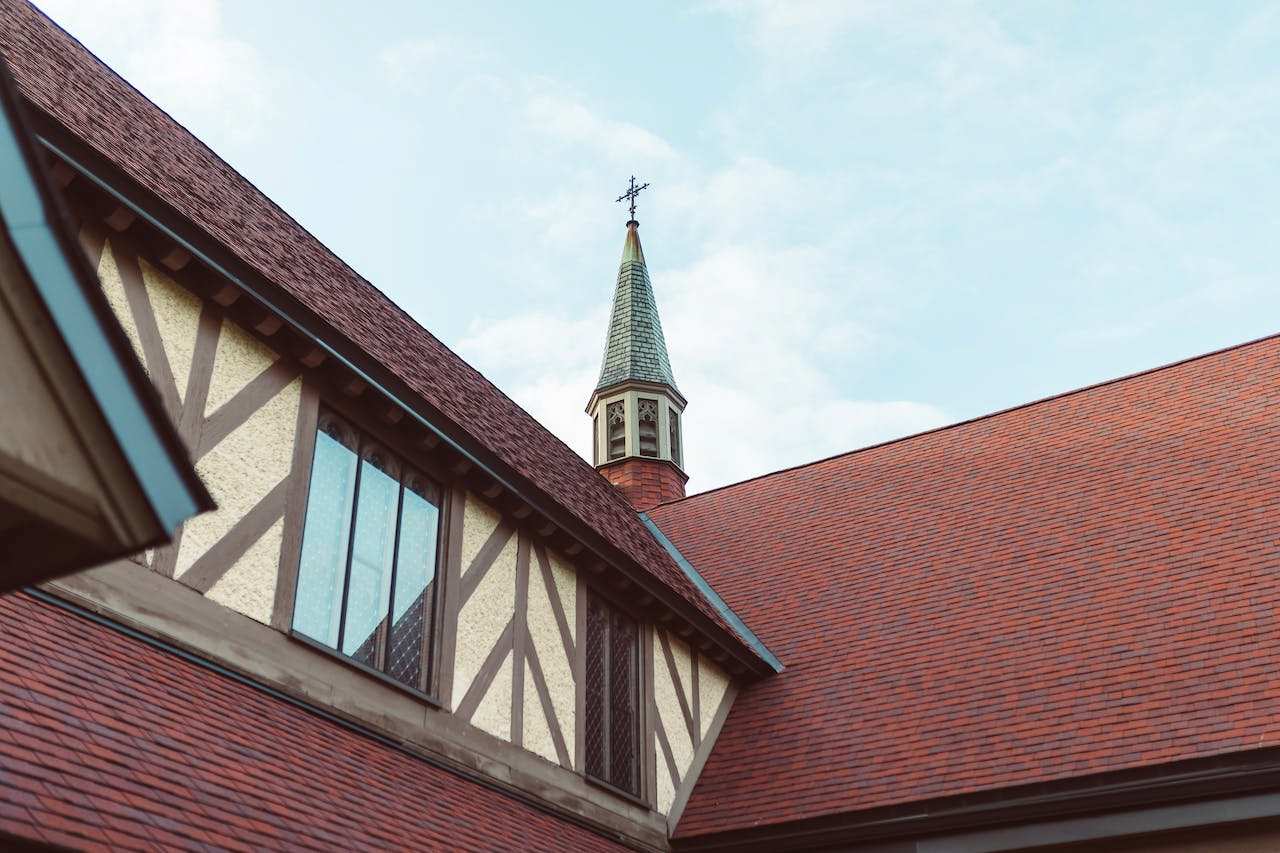
1. Cost Savings Over Time
One of the primary benefits of investing in energy-efficient roofing is the long-term cost savings it offers. By reducing the need for constant heating or cooling to maintain a comfortable indoor temperature, homeowners can experience a significant decrease in their energy bills. Over time, these savings can offset the initial investment in the energy-efficient roofing materials.
2. Environmental Impact
Energy-efficient roofing contributes to a healthier environment by reducing greenhouse gas emissions associated with excessive energy consumption. By using materials that reflect more sunlight and absorb less heat, homeowners actively participate in the global effort to combat climate change.
3. Improved Indoor Comfort
Enhanced insulation provided by energy-efficient roofing materials ensures a more consistent indoor temperature throughout the year. This not only improves comfort for occupants but also reduces the strain on heating and cooling systems, prolonging their lifespan.
4. Increased Property Value
In a housing market that increasingly values sustainability, homes with energy-efficient features, including roofing, often command higher resale values. Potential buyers recognize the long-term cost savings and eco-friendly aspects of such properties, making them more attractive in the market.
Types of Energy-Efficient Roofing Materials
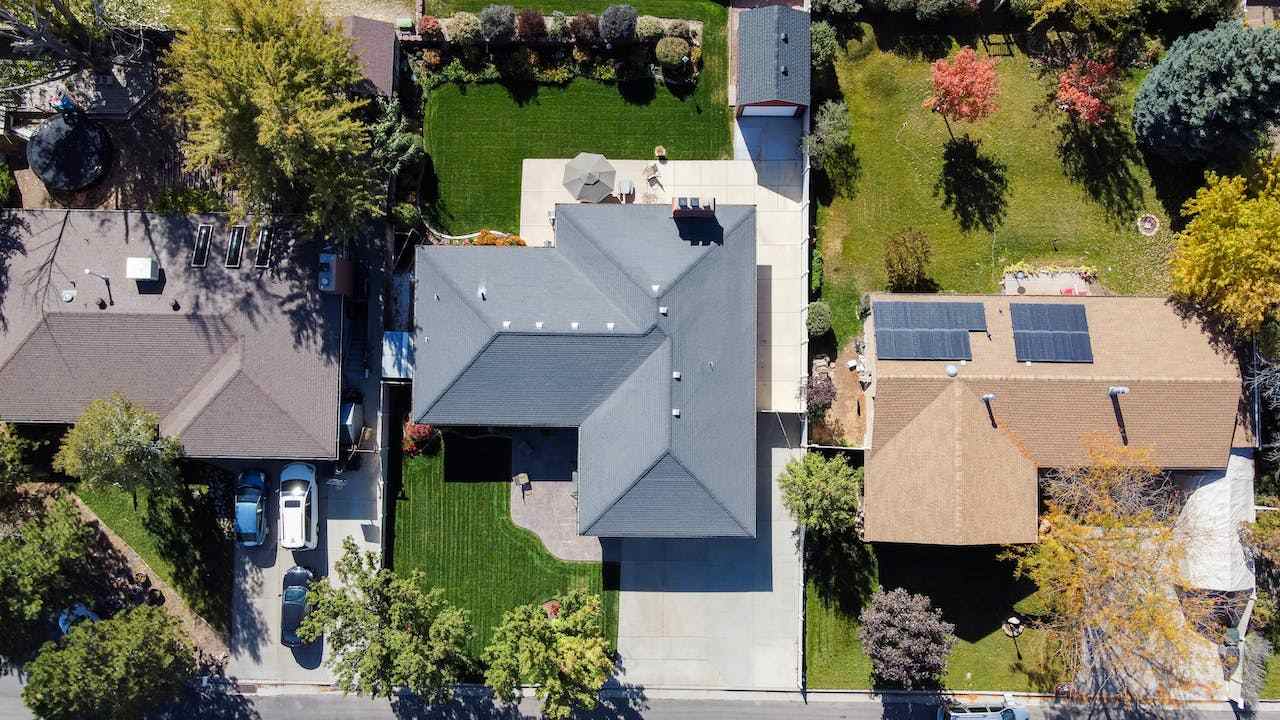
1. Cool Roofing Materials
Cool roofing materials are designed to reflect more sunlight and absorb less heat than traditional roofing materials. Common options include reflective shingles, tiles, or coatings that can be applied to existing roofs. These materials help maintain lower roof temperatures, reducing the transfer of heat into the home.
2. Green Roofs
Green roofs, or living roofs, involve the installation of vegetation on the roof surface. This not only provides insulation but also absorbs sunlight, reducing the overall heat absorbed by the building. Green roofs are effective in urban areas, where they contribute to a cooler microclimate and improved air quality.
3. Solar Reflective Shingles
Solar reflective shingles are designed with reflective granules that bounce sunlight away from the roof, preventing excessive heat absorption. These shingles are available in various styles and colors, offering both aesthetic appeal and energy efficiency.
4. Metal Roofing
Metal roofing, particularly light-colored metal, reflects more sunlight and absorbs less heat than traditional dark roofing materials. Additionally, metal roofs have a longer lifespan, reducing the environmental impact of frequent roof replacements.
Factors to Consider Before Choosing Energy-Efficient Roofing
1. Climate and Region
The effectiveness of energy-efficient roofing materials can vary based on the local climate. Consider the climate and regional weather patterns before choosing a specific type of material to ensure optimal performance.
2. Budget and Return on Investment
While energy-efficient roofing offers long-term savings, it’s essential to consider the upfront costs. Evaluate the budget for your home improvement project and weigh it against the expected return on investment through energy savings over the years.
3. Local Building Codes and Regulations
Check local building codes and regulations to ensure compliance with energy efficiency standards. Some areas may offer incentives or rebates for installing energy-efficient roofing, making it a more financially attractive option.
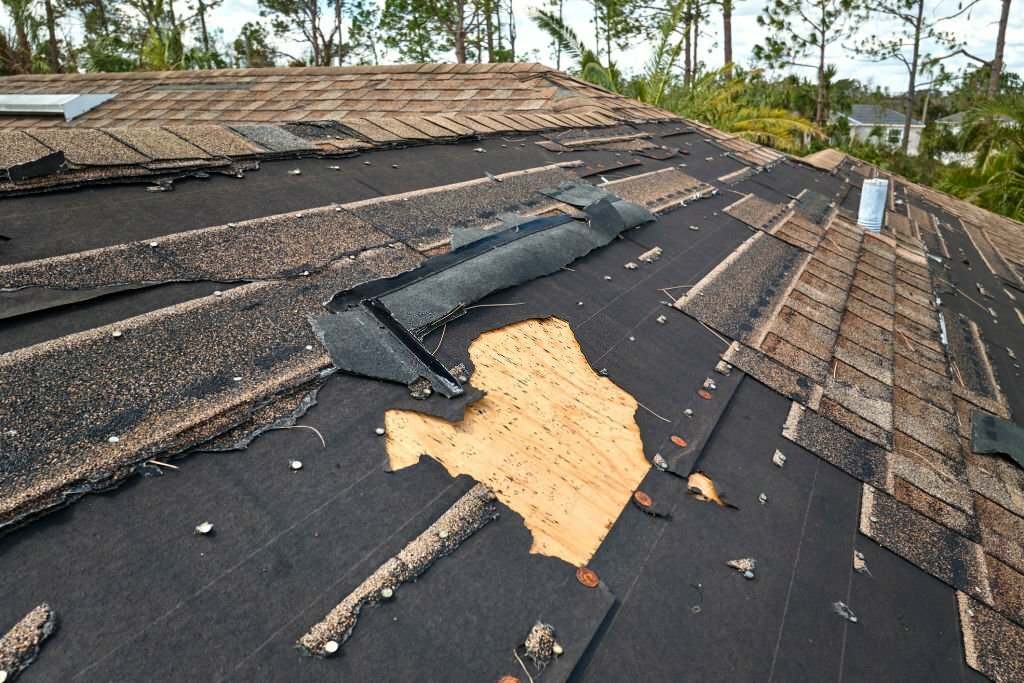
Installation and Maintenance Tips
1. Professional Installation
Ensure that energy-efficient roofing materials are installed by professionals familiar with the specific requirements of these materials. Proper installation is critical to achieving the desired energy-saving benefits.
2. Regular Inspections and Maintenance
Perform regular inspections of the roof to identify and address any issues promptly. Routine maintenance, such as cleaning gutters and removing debris, contributes to the longevity and efficiency of the energy-efficient roofing system.
3. Consultation with Experts
Before making a decision, consult with roofing experts or energy efficiency professionals. They can provide valuable insights into the best options for your specific home and location.
Conclusion
Energy-efficient roofing solutions represent a smart and sustainable choice for homeowners seeking to enhance their homes with both intelligence and eco-consciousness.
By understanding the advantages, exploring different types of materials, and considering essential factors before installation, homeowners can make informed decisions that align with their home improvement goals.
As the demand for environmentally friendly living continues to grow, investing in energy-efficient roofing not only benefits individual households but also contributes to a more sustainable and resilient future for our planet.
